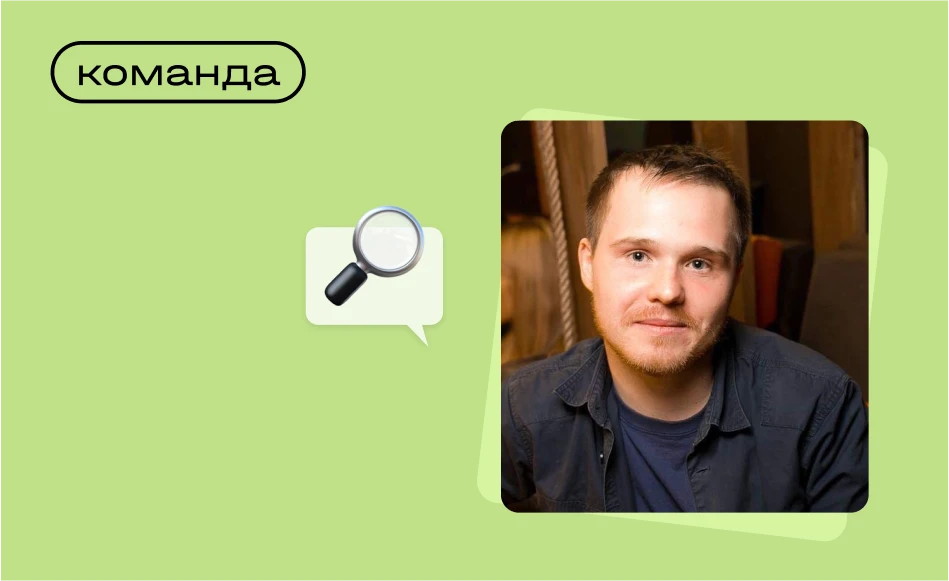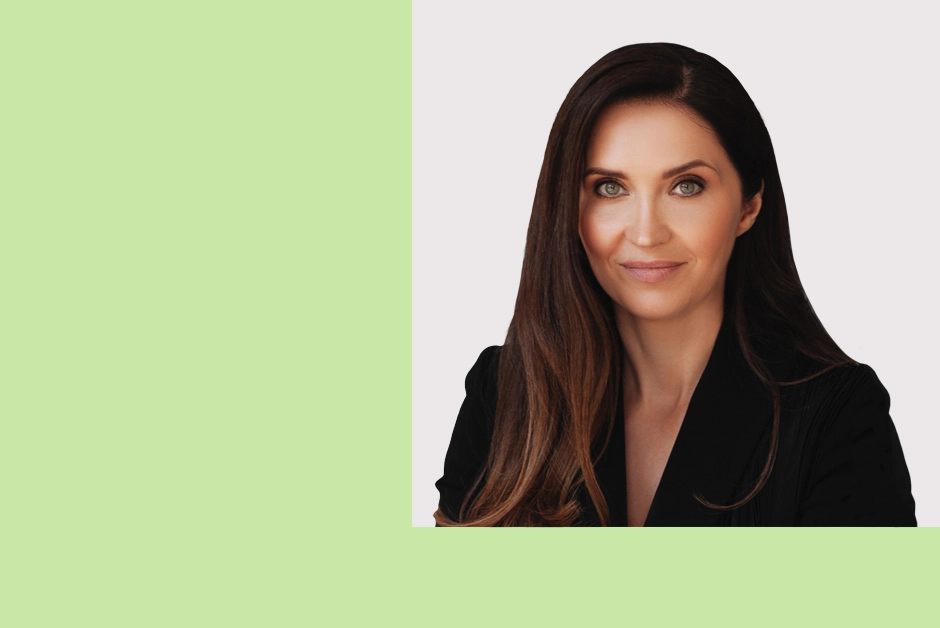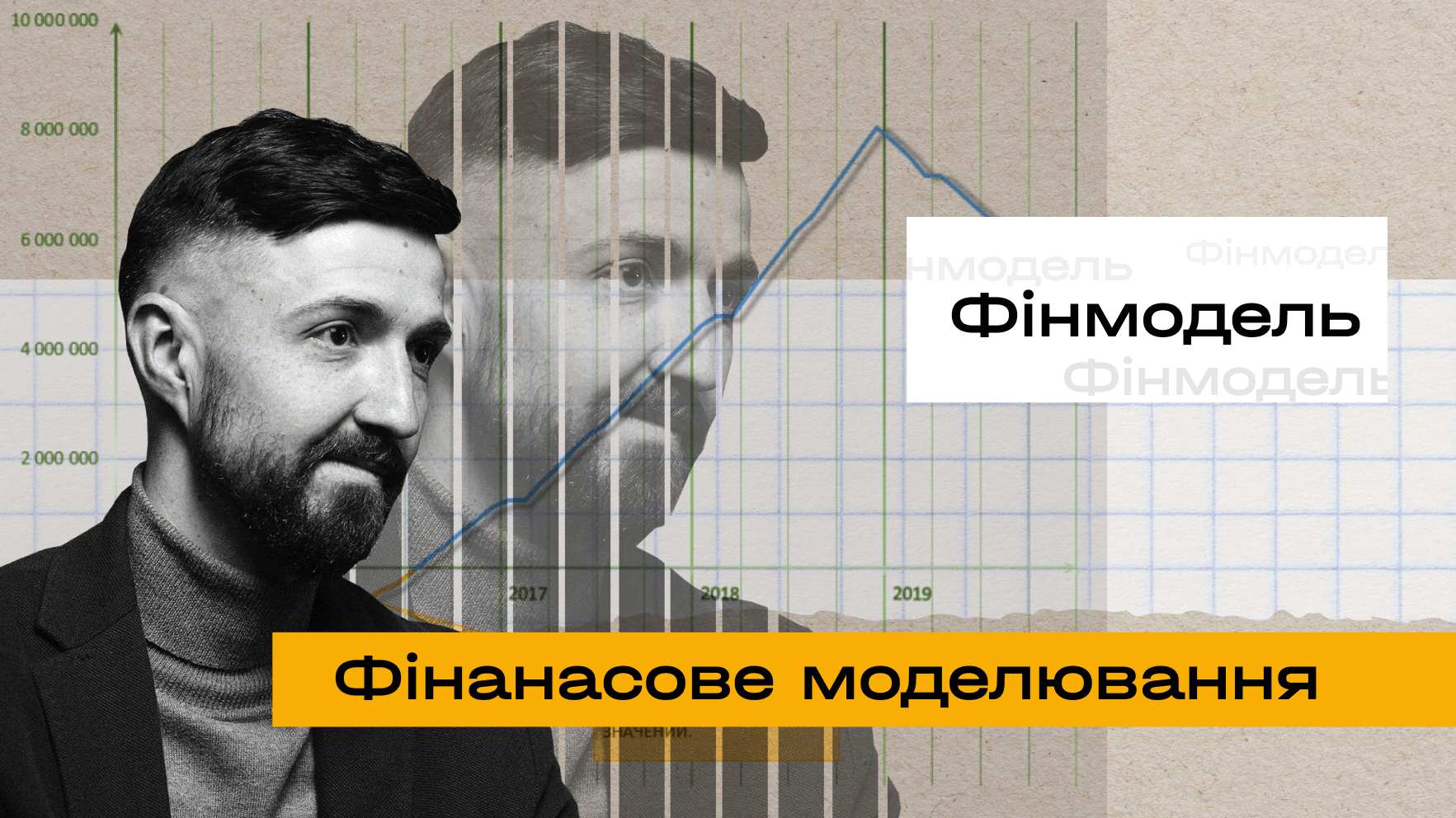As Github’s Director of Customer and Content Marketing, Virginia Bryant is in charge of a customer-centric team that’s crafting compelling content and campaigns that engage the platform’s community of developers. She has also showcased software innovation through the ReadME Project, an award-winning multimedia content platform.
Virginia sat for a chat with Laba, explaining why users provide brands with the best content, what Airbnb is doing right, and what sort of mindset will get you a content marketing job at Github.
What shifts in consumer behaviour have influenced the kind of branded content people want to receive today?
The way folks are interacting with brands is changing. People want brands to be part of their lifestyle and provide value beyond the products they offer. The content that resonates with people is what helps them solve challenges. The better you can align the content you give to customers or prospects with their jobs, the more successful this will be.
For example, at Github and similar organisations, sometimes your goal is to convince people to continue investing in your solution and grow with you as their business grows. One way is to give people content that helps them be successful as individuals along that journey.
If it’s a large enterprise buyer, that might mean giving them content that provides a roadmap to achieving the success other organisations had before them. A startup might want to learn from a company that was a fast accelerator and can share learnings from that journey.
Authentic content can originate from putting yourself in the customer’s shoes. Content creators often say: “This is what we need this content to achieve.” It's better to start with: “What content does my audience need to be successful?”, and build from there.
Where does good content come from?
I also oversee customer marketing at GitHub, so I have a strong bias towards the customer’s voice. A lot of my inspiration comes from listening to customers or even asking them directly: “Are there places in your customer journey where you need a resource you can't find?”
There are so many signals. You can watch sentiments on social media, what your competitors are doing. I am looking into industry signals and seeing where our support team is fielding a large volume of questions. You can use that data to identify holes in your content strategy.
As a leader, how do you motivate your team to come up with great content?
Being a leader is all about setting the team’s vision. What are we trying to achieve as a business? What are our goals for this quarter? You bring people along and get everybody excited about the shared vision. Your team should have an intent framework — a tool I learned from my leader and mentor, Robb Mapp. This is a valuable skill in terms of assessing projects and making sure you're progressing towards the desired outcomes.
Everything you do, you should be able to distil down to a core thesis of what you're trying to achieve in a sentence or two. This becomes your statement of intent.
There are some questions I ask to frame this. Whom are you developing this content for? Be specific. You can't be everything to everyone, you'll fail. Which persona? Where do you think they are in their journey? What are they trying to achieve? Where are they coming from and where are they trying to go?
If you can define these things in a handful of bullet points, you’ll have this framework to look back on. Set the vision like guardrails and continue to reflect on it as you progress. Is this still for this person? Have I veered off course or is this still meeting my one-sentence objective?
By establishing a clear intent at the start, you give yourself the freedom to be creative. It allows you to take well-reasoned risks and experiment with new ideas. When making decisions, or considering new information, you can quickly assess them against your intent, and so long as it is aligned with those goals, your ideas will have merit.
How do you choose the right channels in the current competitive media landscape with podcasts, streams etc?
If your brand was a person, what would they do with their free time? What would motivate them? What social media would they be on? Who would they follow? What would they find upsetting? If your brand went to a party, what other brands would they want to be - or not be - there?
These frameworks help you define your voice. If your brand is a 35-year-old mother trying to balance her career and personal life, it might have a different voice on social media. Think how a cosmetics brand speaks to its customers on Instagram versus a legacy B2B company.
You should first figure out how to do everything as best as you can and the channels that are most critical to your audience. Speak authentically to your key persona and focus on that 90% of your audience first, and you will move the needle for your business.
You can't build bespoke new content for your website, LinkedIn, YouTube, Twitter, Facebook, Instagram to keep up a robust content calendar. Think about content atomisation: breaking long-format content down into snackable bits. A video resource might be a big investment for your company - how can you make 10 mini-clips to use as teaser commercials on Twitter?
Those atomised bits of content can be used to enhance your discoverability and drive people to your site. Make sure every piece of content has a clear call-to-action that helps progress them along their customer journey, whether that means starting a free trial, purchasing your product, or engaging with your sales team. Being intentional about what you want them to do after engaging with content is important.
You're not making content for content’s sake. Everything has a role within your overarching strategy to move people further down your funnel, make them your brand’s advocates or share your stories. You can achieve a lot, but you need to be clear about your goals.
There’s more competition for eyeballs today with options like Netflix, PlayStation etc. How do you deal with that?
It’s incredibly hard. What does it take to make your thumb stop on Instagram? It has to be immediately eye-catching to break through the noise. You want to give people the things they want.
When scrolling on Instagram, I pause if I see something aligned with my interests at that moment in time, be that entertainment, education, or a product or service.
I'm a gardener, so I am constantly thinking about what I will plant, my gardening calendar etc. If I see somebody sharing a tip or new gardening technique that can help me progress along my “gardening journey,” it piques my attention enough to stop and engage. So this goes back to authenticity, meeting your customer’s needs.
A good example is Airbnb. They are investing more of their marketing budget in brand-based marketing than traditional demand generation. That’s frightening to many content folks, because it's very hard to measure brand. You can't just put out a bunch of content and see what the return-on-investment (ROI) on your brand is. Brand is ephemeral, and seeing the results of this influence can often take many years.
But their content isn’t just about renting houses. Instead they may write an article on “What to pack on a trip to Morocco.” Instead of promoting the houses, they provide a potential customer with valuable content that’s aligned with their product, and the gorgeous properties available for rent become the CTA driving traffic to their site.
Now the customer is not only gaining value, but they also realise this is the right time to book accommodation. Their first option was a hotel, but they see this incredible property with great amenities for the price offered. So Airbnb authentically gets people to consider their product.
Brand is king. Buying products has more to do with how they fit into our lifestyle, how we think of and describe ourselves and the values we want to have, rather than the product’s value proposition. That's little differentiated from other products anyway.

As a director of content, how do you foster synergies with other departments at GitHub?
If your content team is writing in isolation, you're probably not writing the right content. We take signals from our customers. But we're also looking at our product marketing strategy. What are the points when we will need to rally around as a business for big announcements, say a go-to-market moment with a new product that requires great content?
When you're talking about a technical business like GitHub, you need your product folks, your documentation team and other people to weigh in and review content to make sure that what we're saying is correct, authentic and technically accurate.
Sometimes you write for others. We all like to believe that our leadership is brilliant and writes incredible posts, but the reality is that behind many great leadership blogs or thought leadership pieces is the work of cross-functional teams that make those stories shine.
It's important to have that intent. Understanding who your stakeholders are, defining what success looks like to them, making sure your intent is the same as theirs and agreeing upon that upfront. That allows you to make effective decisions.
How do you navigate the privacy regulation landscape with GDPR etc, which makes following the user’s full path so difficult?
EU privacy rules impact us too, because we're a global business. Especially with email marketing. Social media is typically safer in terms of privacy rules. But if you have people's personal information, email addresses, or where they work, you need to handle that with care and respect.
Anytime we run a direct email nurture campaign, we make sure that our mailing list has been stripped of anyone who has opted out. Recipients are folks who gave us express permission to send marketing content.
So we have a clearly defined opt-out process. We never send emails that people can't tell us they don't want. Leveraging data tells you a lot. If you're looking at the performance of a newsletter campaign, you're looking at how many people have received it, how many people opened it and clicked on the links, how many opted out.
If you have a high unsubscription rate, that's telling you something: you're sending content that might serve you, but isn't serving your customers. To them, it's noise and distraction.
Maybe you need to look better at things that performed well and index more on that. Or maybe you're finding that nothing resonates. Then you need to ask questions like “What is the problem my audience is trying to solve and what do they need from me to be successful?”
Do you use any specific tools to optimise your user data analysis?
I find content tools to observe behaviour exciting, notably heat maps. Tools that help you see how somebody interacts with content, like a video of a cursor moving around a page. This is all anonymised.
My team has learned a lot about content optimisation lately. We published a new type of content about nine months ago called Learning Pathways, intended to be technical, prescriptive guides to help people move from having purchased a product to optimising it and growing to maturity. It's content that guides them along their maturity model so that they can get the most ROI out of the solution they paid for.
When we launched it, we used that intent to make the best decisions we could about what we believed would work. Our team spent a lot of time watching how people behaved on page and we identified places where they moved from one page to the next, but didn't know where to go from there.
There was a landing page that moved you to these learning pathways and we moved you to the secondary page to help you pick the topic that was the right fit for you before going into the longer pathway. We wanted people to be able to say “I want to come in at the introduction or the advanced level.”
But we discovered that this secondary decision was often just a bounce point. They didn't know what to do and just left. We changed the behaviour so that instead of having too many options, you were funnelled into the introductory area and you could progress from there. That increased the number of people who got where we wanted them to go.
Use that type of data to validate your assertions or demonstrate that you got it wrong. Instead of being married to those choices, use that growth mindset and fail-fast mentality. Don't keep investing in things that aren’t working. Make changes and take well-informed risks. If they don't work, it's okay to fail forward.
Even if you've cracked that code and you found something that's flying off the shelves, don't get complacent. The content landscape evolves quickly, so what works today will not in 18 months. Continue to watch the data and the competitive landscape. Stay on top of emerging trends, and continue to adjust your approach as the algorithms change.
When you recruit people at Github, what sort of skills and mindset are you looking for?
When I'm looking for content talent, the most important thing is their body of work. If you're a writer, you must have written something. You should use their writing as a resume and make sure that they can demonstrate an ability to differentiate their voice and tone for different audience personas.
If they've worked for different companies, you can get a sense of how they right-sized their storytelling for the unique job of that brand. Is their writing strong? Does it demonstrate range?
Beyond that, I am hiring people who can demonstrate that they ask smart questions and are open to trying new things, building through ambiguity and figuring out how to incrementally improve themselves.
Intellectual curiosity is what I care about the most, because no one knows everything. Even if you do, give it a month and you're behind. So I'm looking for people who have that curiosity to find solutions to new problems, and to never get complacent.


Бажаєте отримувати дайджест статей?












